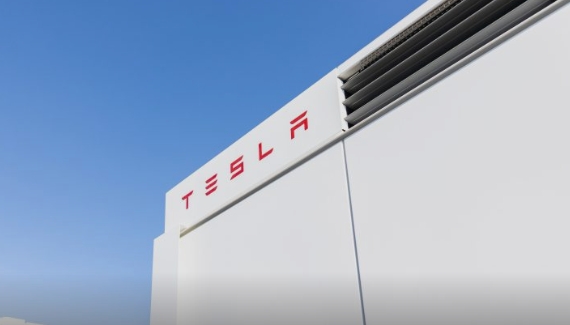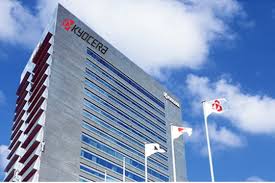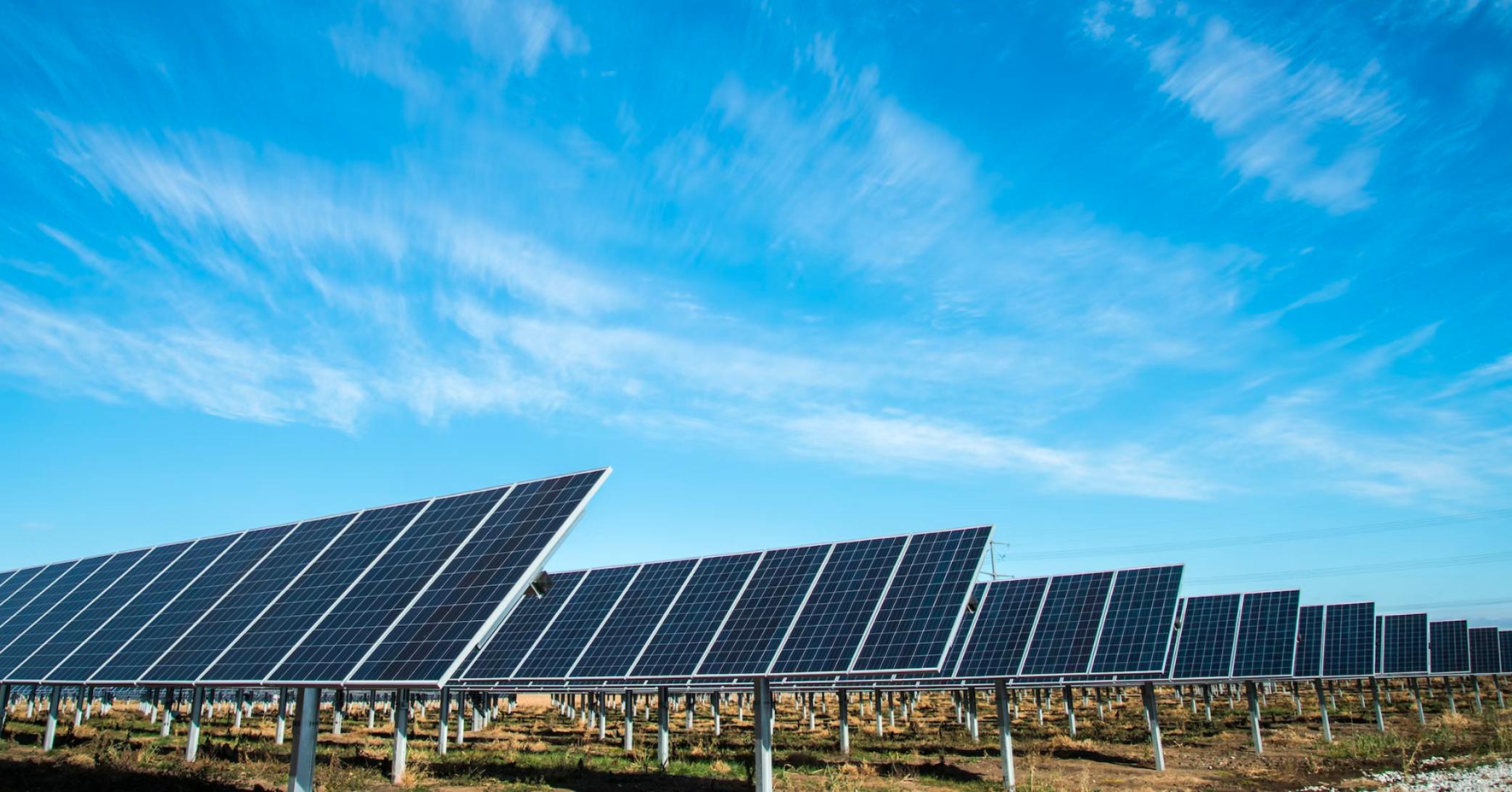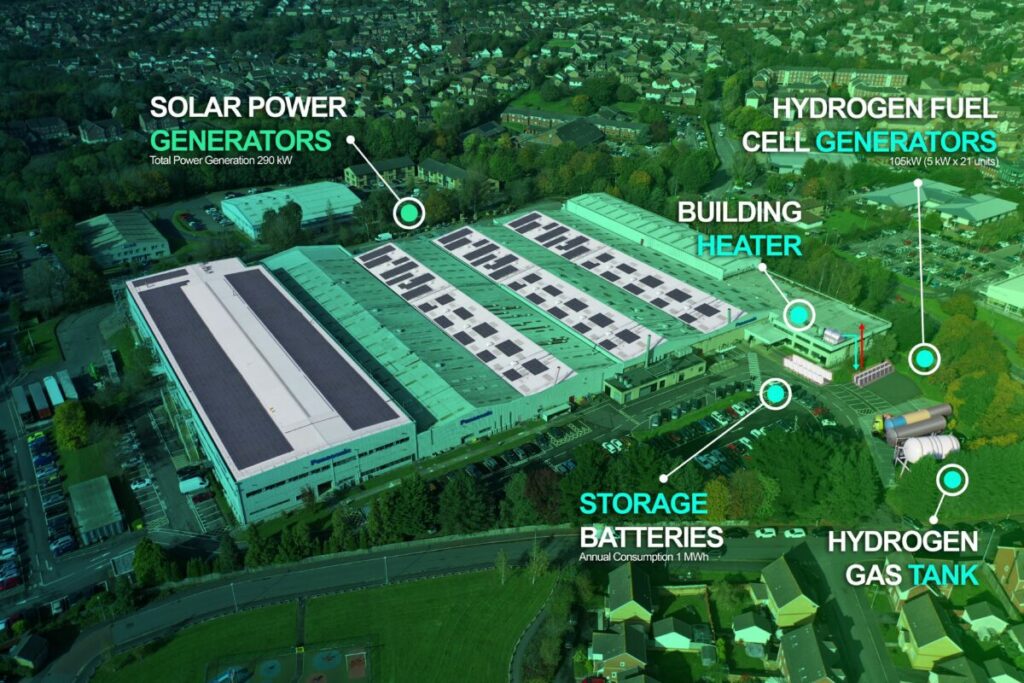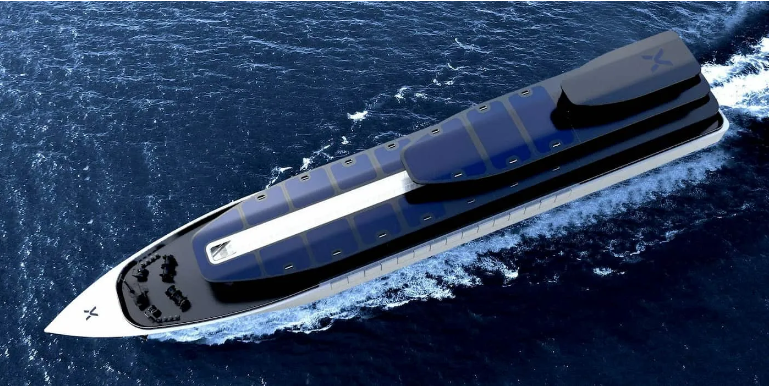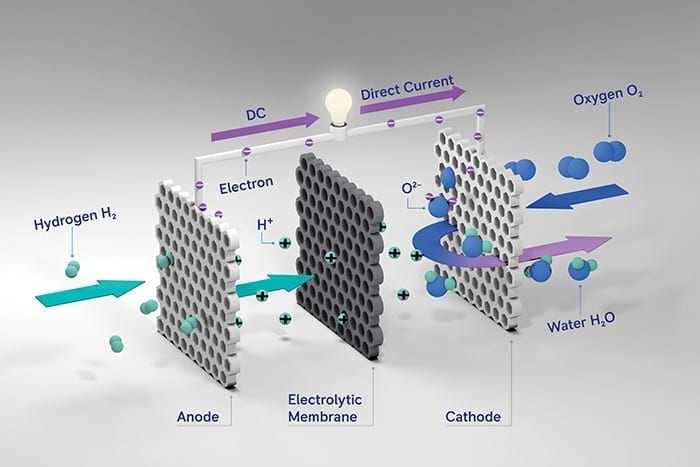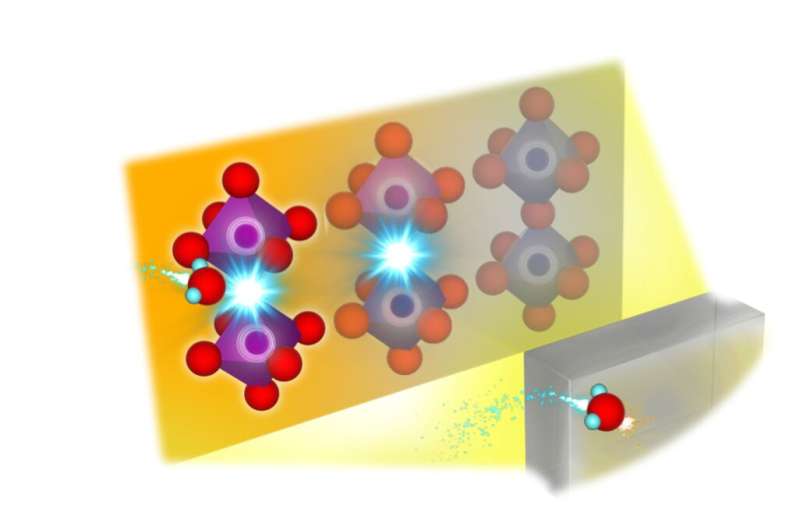It’s on the 2019 federal election date has been set for May 18, and energy policy is at the forefront of election campaigns. Some parties are focused directly on lowering energy costs now, and others on renewable energy investment as a priority, eventually driving cheaper power prices. Canstar Blue summaries the energy policies as published by the major parties.
What is the Coalition's energy policy?

In a nutshell, the Coalition places emphasis on reducing consumer energy bills through new legislation, as well as investment into coal and some renewable generation. The Liberal party claims it will:
Introduce a default market offer, or ‘price safety net’: The Coalition plans to introduce a capped price for energy that would force retailers to reduce the cost of their pricey ‘standing offers’.
Bring in big-stick legislation: The Liberals want to hold the big energy companies to account in order to increase market competition and lower energy prices. This proposal seems to be on hold for now.
Underwrite new reliable energy generation: Through a technology neutral program, the government has plans to increase reliability in the grid.
Permanently remove the ‘loyalty tax’: Whereby customers that have been with the same provider for an extended period of time (they estimate 750,000 households and small businesses) will be able to lock-in better deals.
Support pensioners and other Australians to pay their bills: The government says it will provide $365 million worth of energy assistance payments, $75 for singles and $125 for couples.
What is the Labor party's energy policy?
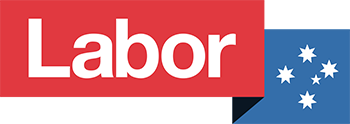
The Labor party takes a slightly different approach to energy when compared to the Coalition. Labor still aims to reduce power bills, but with a much heavier focus on climate action. The ALP promises to:
Reduce carbon emissions: A Labor government would reduce Australia’s carbon emissions by 45% on 2005 levels by 2030, and reach net zero pollution by 2050, it claims.
Invest in renewable energy: The ALP says it will encourage investment in renewable energy by offering $2,000 rebates for solar batteries for over 100,000 households on a residential scale, and invest double the original funding into the Clean Energy Finance Corporation to support renewable energy generation on a national level.
Go 50% renewable by 2030: With the goal of both cutting power bills and creating more than 70,000 jobs, the Labor party aims to source energy for the National Energy Market from 50% renewable sources by 2030.
Implement an electric vehicle policy: Claimed to be an Australian first, Labor plans to set a national electric vehicle target of 50% of new car sales by 2030, to reduce carbon emissions and make driving cars cheaper.
Create an independent Energy Security and Modernisation Fund: The Labor party states that it would invest $5 billion in capital to future-proof the energy network, building and upgrading Australia’s energy distribution systems.
What is the Greens'energy policy?
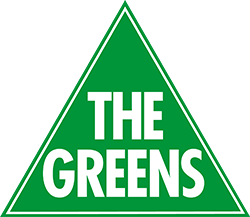
As you might expect, energy policy is at the top of the Greens’ priority list, in an effort to take action against climate change.
Transition away from coal: The Greens believe in an immediate renewable future for Australia, supporting a total transition away from coal.
Create a not-for-profit, public energy retailer: The Greens will create a new retailer, Power Australia, which will only sell renewable energy, which will reduce energy bills by approximately $200 for the average Australian, the party says.
Kick-start the electric vehicle revolution: By fast-tracking the building of electric vehicle infrastructure and reducing the upfront cost of buying them, the Greens will be taking direct action on emissions reduction, the party claims.
How will this federal election impact my energy bill?
Energy has become a hot political issue, not only with the major parties, but also some smaller ones. Energy has become a major cause of financial stress for many households and as such it has emerged as one of the defining issues of the federal election.
One thing seems sure – from July 2019, many households paying the highest prices for power will be moved onto cheaper, default offers. This one was one of the key recommendations from an inquiry into the energy retail market in 2018 and has been implemented by the government. This means notable savings for many energy customers. However, concerns have been raised that the move could actually stifle competition at the cheaper end of the market, meaning those customers who shop around for the best deals may actually find them drying up.
This is certainly a fast-moving year for the energy market – and the vote you cast on May 18 could have an influence on the direction of travel.
